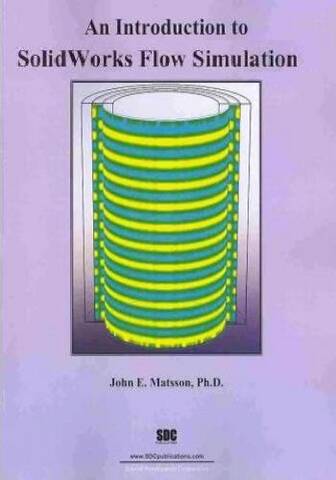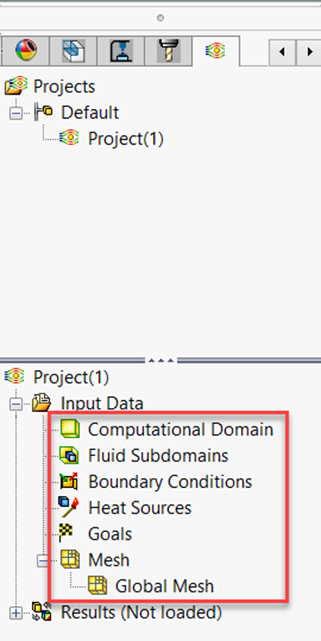

Traction conditions in solid mechanics and insulated surfaces in heat transfer are other examples. A common example in fluid mechanics is the fully developed condition at an outlet where the gradient of flow variables is set to zero. It is used rather than the actual value when a certain rate of change in value needs to be imposed for a variable. Neumann boundary condition specifies the derivative of a variable at a boundary.In solid mechanics, prescribing a certain load or displacement, and in heat transfer-setting the temperature at a surface are other examples of this type of condition. For example, a no-slip condition in fluid mechanics is a Dirichlet condition because it sets the value of the velocity to zero. Therefore, it is used when a value needs to be imposed at a boundary. Dirichlet boundary condition specifies the value of a variable at a boundary.On a theoretical level, they are constraints applied to the governing equations of the system and are categorized accordingly: Then a meaningful correlation between the simulated phenomena and software capabilities can be established.īoundary conditions bring the influence of the outside world into the simulation domain. Therefore, it would be helpful to learn a bit more about the theory behind each type of boundary condition. The challenge lies in the fact that there is never a one-to-one mapping between these two worlds. Secondly, understanding how such behavior is modeled in the software is imperative.

Thus the first port of call is understanding what the expected real-world behavior is. It depends on the purpose of the particular simulation. Quite expectedly, there is often not one right answer, but several boundary conditions that make sense. Boundary Conditions Dirichlet, Neumann or Robin? In addition, you will better understand each of them, starting with Dirichlet, Neumann, and Robin. This raises the question: what is the right boundary condition, and what kind of magic should I master to find it? In the following, the basics required to make informed decisions regarding boundary conditions will be reviewed. It is not necessarily difficult to find a combination that works, but it is essential to produce meaningful results instead of random numbers. Choosing realistic boundary conditions is one of the most important and challenging parts of setting up a simulation.


 0 kommentar(er)
0 kommentar(er)
